The Cultural Center was built back in the day when public buildings were monuments to the glory of living and testaments to the continuing progress that mankind was making in pulling itself up from the swamps of ignorance and venality.
The White City...
Easy- peasy...
Shepley Rutan and Coolidge won the bid with a design that continued along the White City's neoclassical path, featuring Greek columns, Roman arches, and not one, but two domes.
Surprise!
The People's Palace...
Here was, indeed, a place that could transport one from where he or she was... to someplace else... a marvelous place... a palace of learning and culture.
Now, as time passed, while the incredible beauty of the building lingered, the mechanical, electrical and communication systems become obsolete and for awhile, it seemed that building would go the way of the old Chicago Board of Trade and be demolished. Then Mayor Richard the First formed a committee to consider the building's fate. Eleanor Daley, known around town as "Sis," made a comment in public that she thought all the beautiful, old buildings should be saved and restored. Signed, sealed, delivered... the Chicago Public Library soon achieved landmark status in both the National Register of Historic Places and the Chicago Landmarks registry.
Sanctuary...
New Life...
If you've never been, you should consider a pilgrimage to the building called The People's Palace. It's a place out of time, when the future was utopian and men subscribed to the notion of City Beautiful and that we should make no "little plans, they have no magic to stir men's blood..."
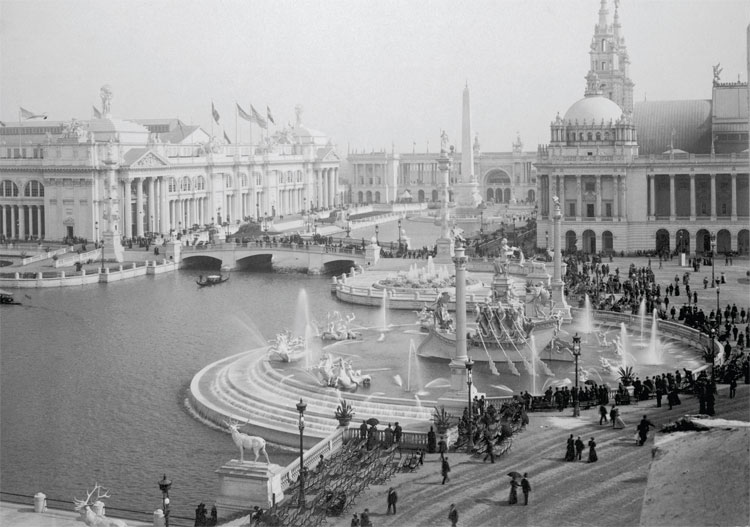
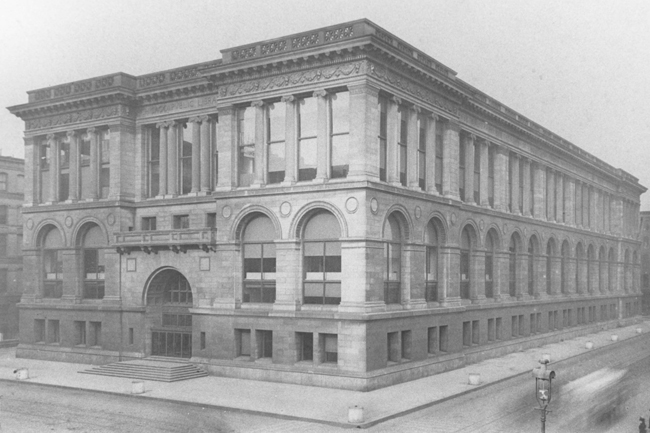
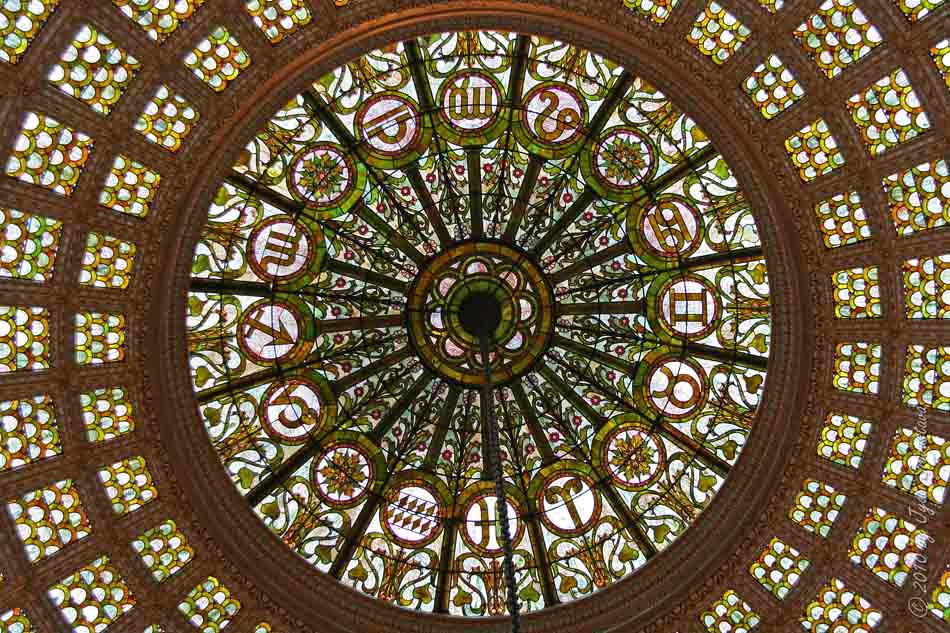
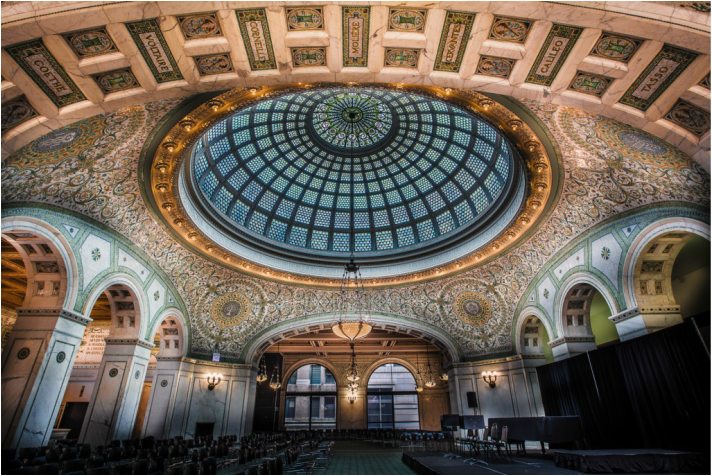
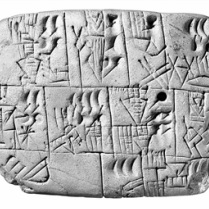
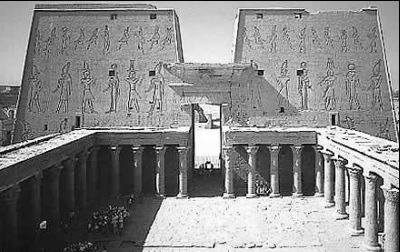
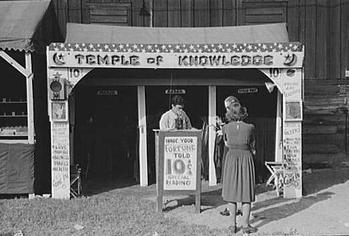
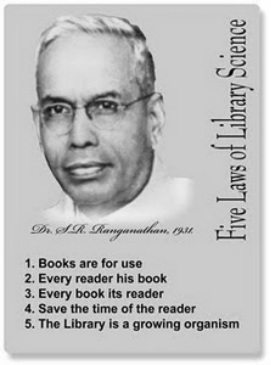

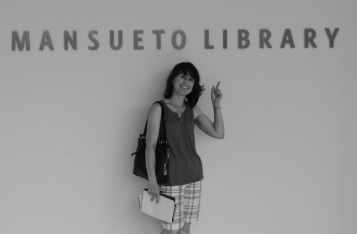
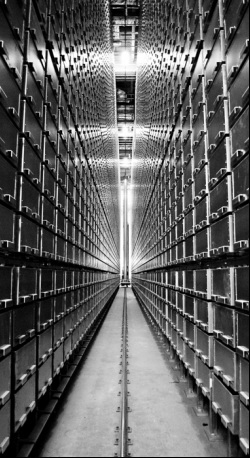
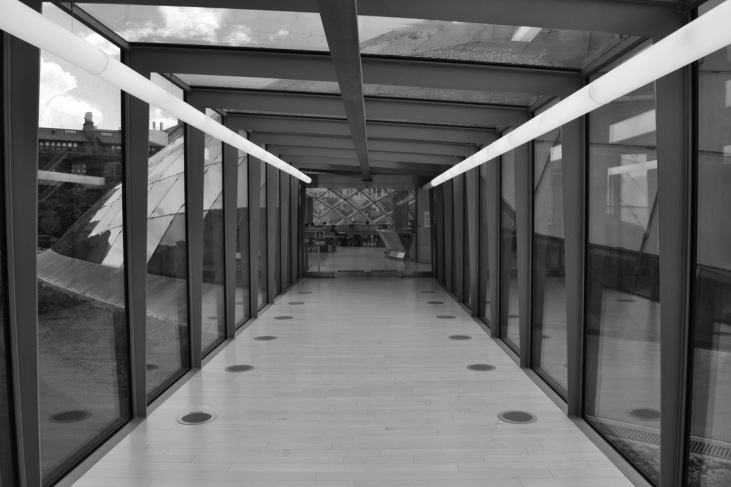
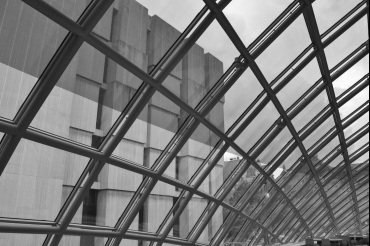
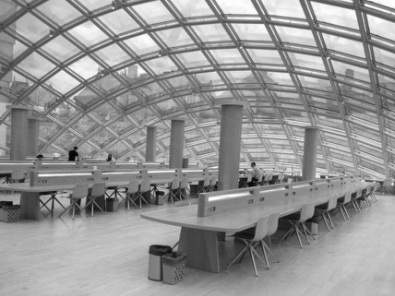
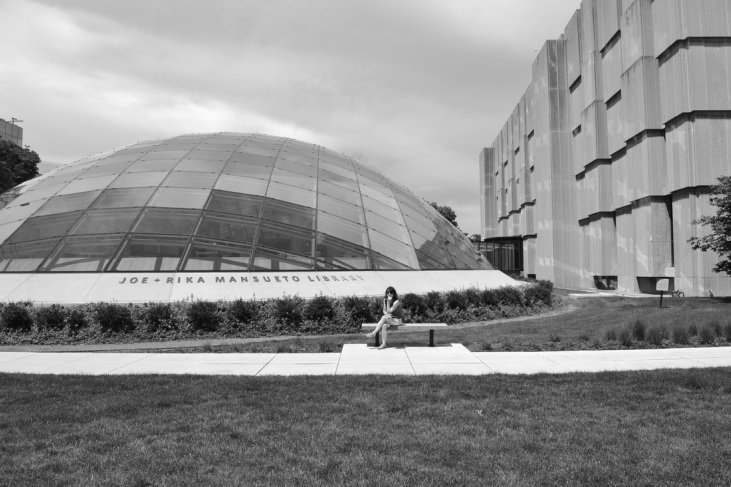
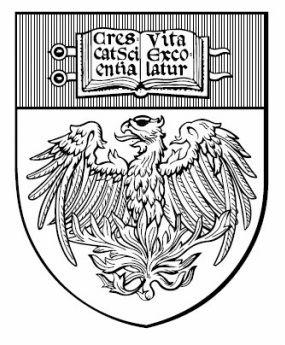
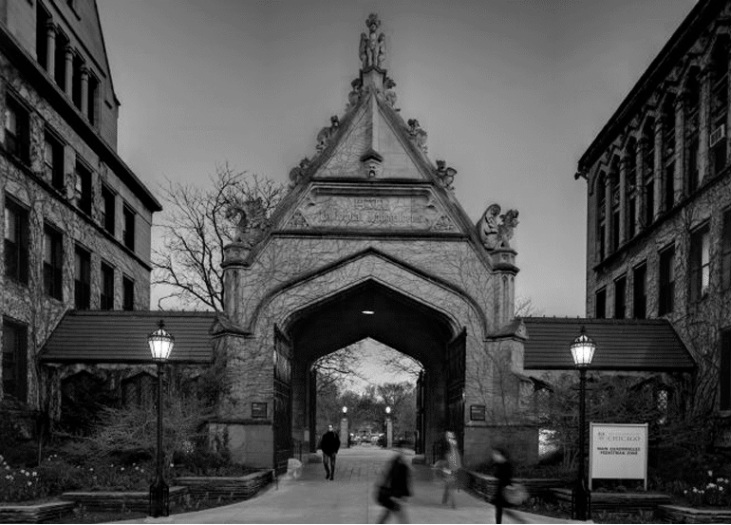
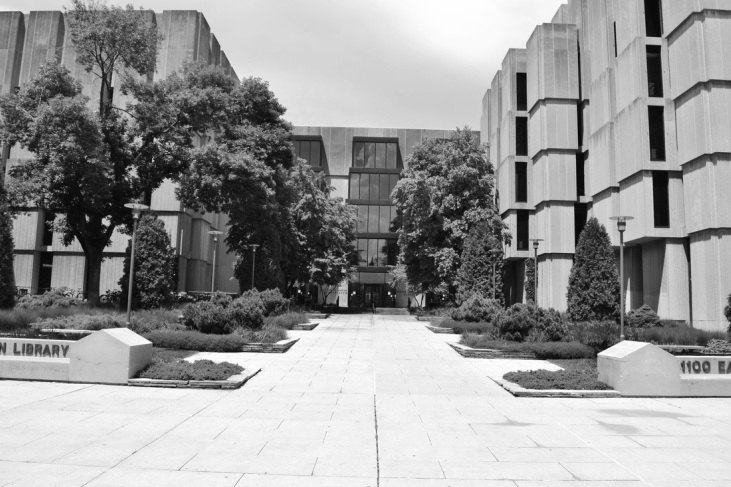
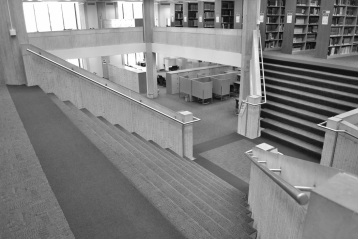
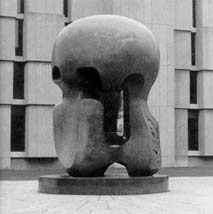


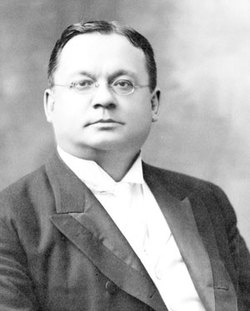
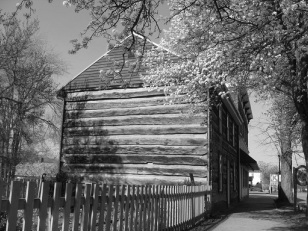
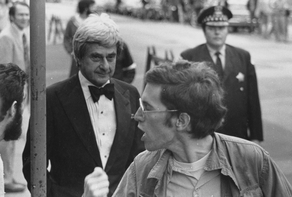
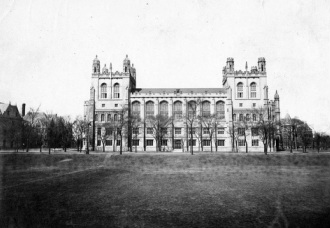
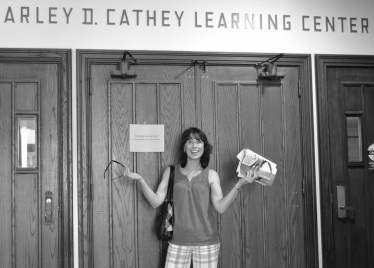

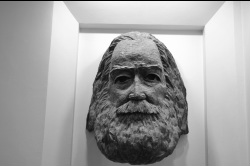
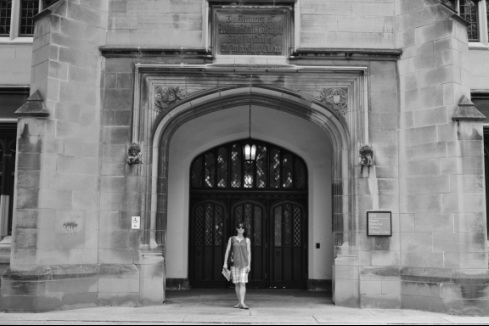
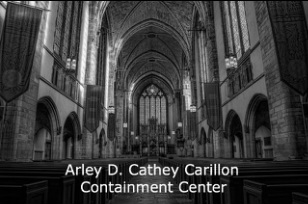

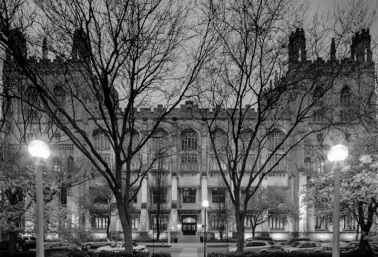
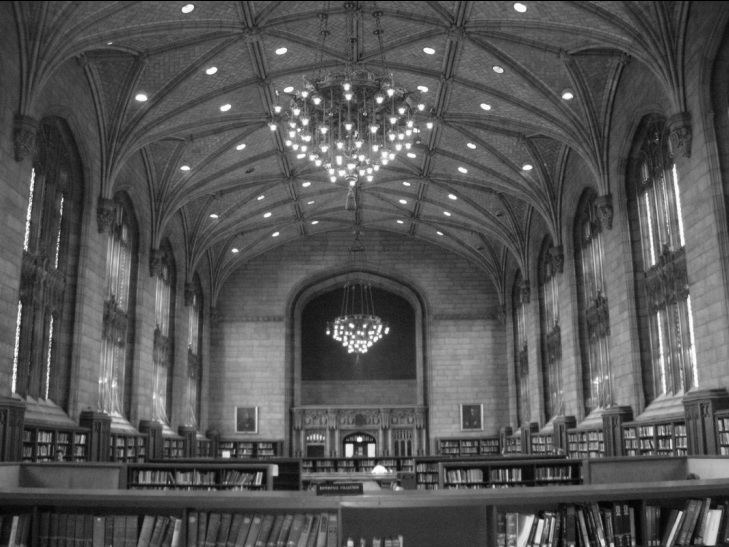
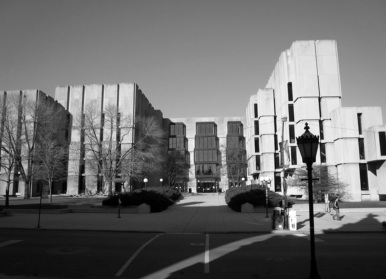
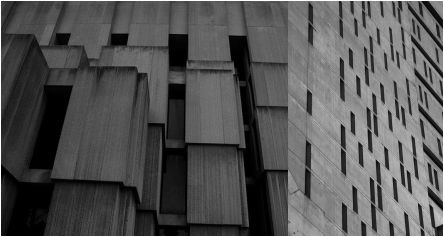
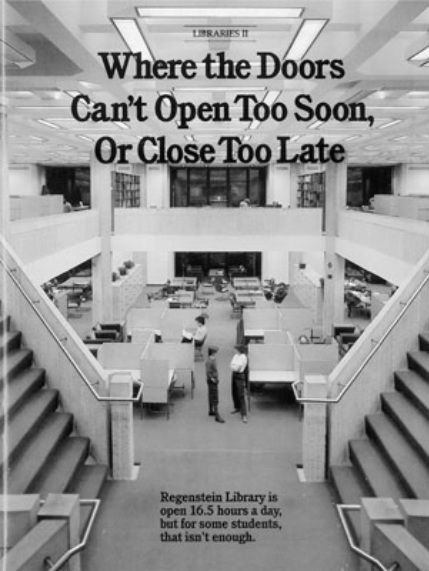

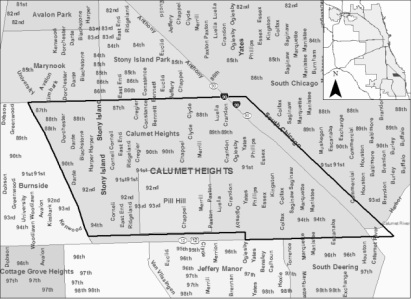
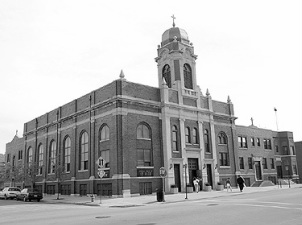

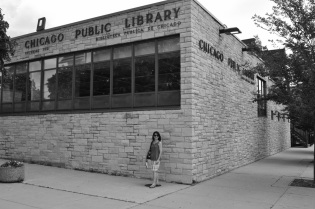
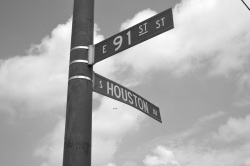

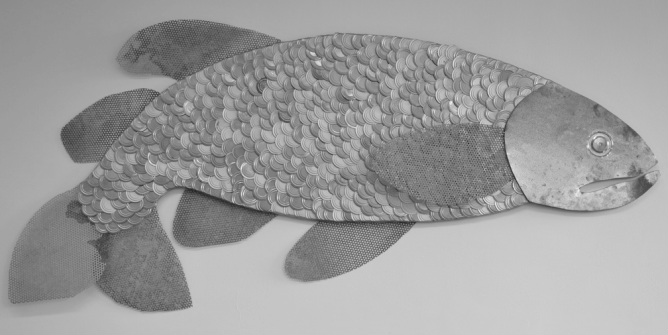

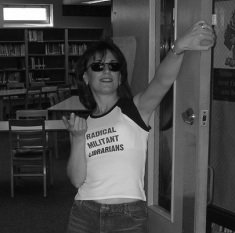
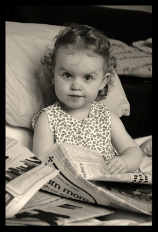
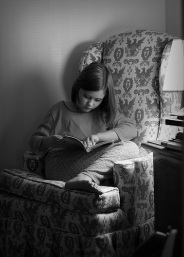
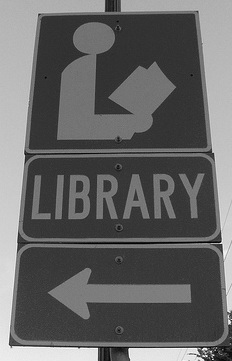
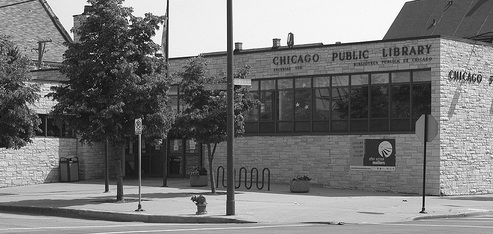
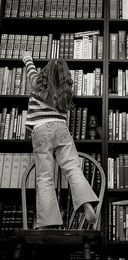
 RSS Feed
RSS Feed